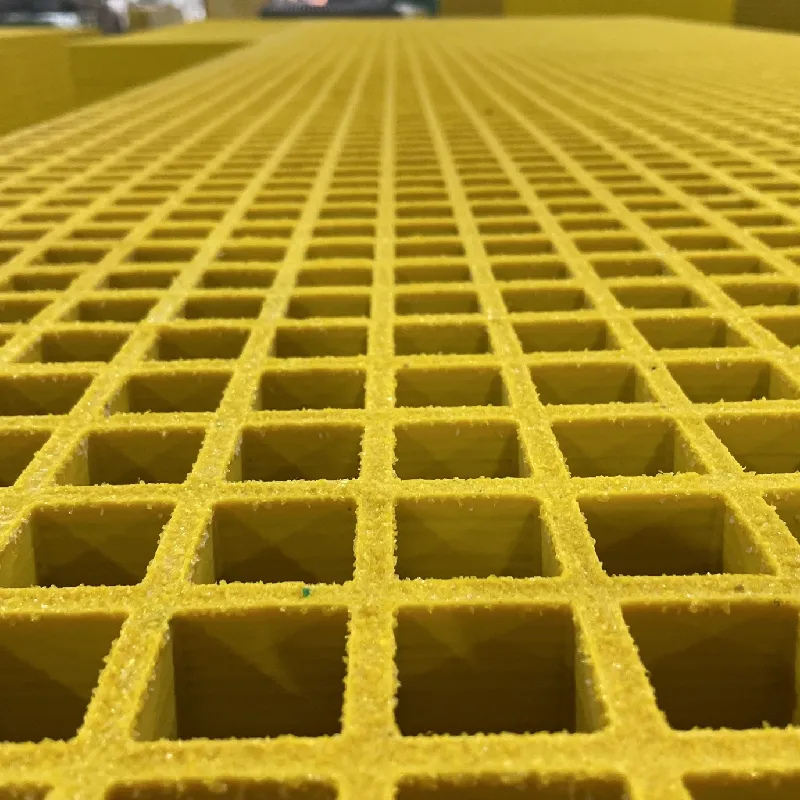loading...
- No. 9, Xingyuan South Street, Dongwaihuan Road, Zaoqiang County, Hengshui, Hebei, China
- admin@zjcomposites.com
- +86 15097380338
- Welcome to visit our website!
reverse osmosis membrane housing
Understanding Reverse Osmosis Membrane Housing An Essential Component in Water Purification
Reverse osmosis (RO) is a widely used water purification technology known for its ability to remove a vast range of contaminants from water, including salts, microorganisms, and other impurities. At the heart of this technology lies the reverse osmosis membrane, which plays a critical role in the purification process. However, to effectively use these membranes, a crucial component is needed the membrane housing. This article delves into the function, significance, and types of reverse osmosis membrane housing.
What is Reverse Osmosis Membrane Housing?
Reverse osmosis membrane housing is a protective casing designed to hold one or more RO membranes securely in place. This housing not only provides structural support but also ensures efficient water flow through the membranes, maximizing the purification process. The housing is typically made from durable materials such as fiberglass-reinforced plastic or stainless steel, designed to withstand high pressures and corrosive conditions often encountered in water treatment applications.
Importance of Membrane Housing
1. Protection The primary function of membrane housing is to protect the delicate membranes from external damage. Given that RO membranes are sensitive to physical stress, contaminants, and extreme pH levels, a robust housing system is essential to maintain their integrity throughout their operational lifespan.
2. Efficiency Proper membrane housing design ensures that water flows evenly across the membrane surface. This uniform flow is crucial for maximizing the contact time between the water and the membrane, resulting in effective contaminant removal. Imbalances in flow can lead to reduced efficiency and potential fouling of the membranes.
3. Maintenance and Replacement Membrane housing facilitates easy maintenance and replacement of RO membranes. Many designs incorporate quick-release features, allowing users to access the membranes without extensive disassembly of the entire system. This makes routine maintenance more manageable, which is vital for the longevity of the water purification system.
reverse osmosis membrane housing

Types of Membrane Housing
There are several types of reverse osmosis membrane housing, each designed to meet specific application needs
1. Single Membrane Housing This type typically holds one membrane element and is ideal for small-scale applications, such as home water filtration systems. It is compact and easy to install, making it a popular choice for residential use.
2. Multi-Membrane Housing Larger systems, often used in industrial or commercial applications, may utilize multi-membrane housings. These can accommodate several membrane elements in a single unit, allowing for a greater volume of water to be purified simultaneously. These systems are designed for higher flow rates and capacities, making them suitable for operations that require large amounts of purified water.
3. High-Pressure Membrane Housing In applications where water sources contain high concentrations of salt or other impurities, high-pressure membrane housings are necessary. These are built to withstand the increased pressure required for effective reverse osmosis operation in challenging conditions.
Conclusion
In summary, reverse osmosis membrane housing is a pivotal element in the water purification process, providing protection, efficiency, and ease of maintenance for RO membranes. As the demand for clean water continues to rise globally, understanding the importance of membrane housing in reverse osmosis systems becomes increasingly critical. Whether for residential, industrial, or commercial use, proper selection and maintenance of membrane housing will ensure optimal performance and longevity of reverse osmosis systems, contributing to a stable supply of clean water for various applications. As technology advances, continual improvements in the design and materials used for membrane housing will enhance the effectiveness and efficiency of reverse osmosis in meeting future water purification needs.
-
Why Choose a Galvanized Water Tank for Your Storage NeedsNewsMay.21,2025
-
The Strength and Durability of FRP GratingNewsMay.21,2025
-
The Importance of Water Treatment Systems for Clean and Safe WaterNewsMay.21,2025
-
The Advantages of FRP Rebar for Construction ProjectsNewsMay.21,2025
-
Say Goodbye to Hard Water with a Reliable Water SoftenerNewsMay.21,2025
-
Maximize Your Water Storage with a Sectional Water TankNewsMay.21,2025
-
The Power of Filter VesselsNewsMay.19,2025
